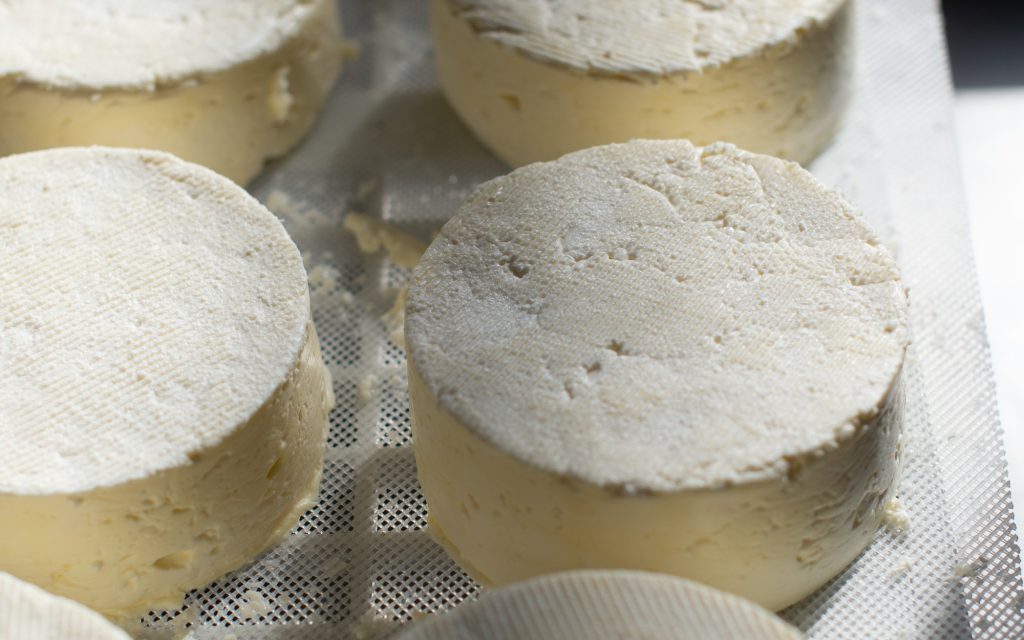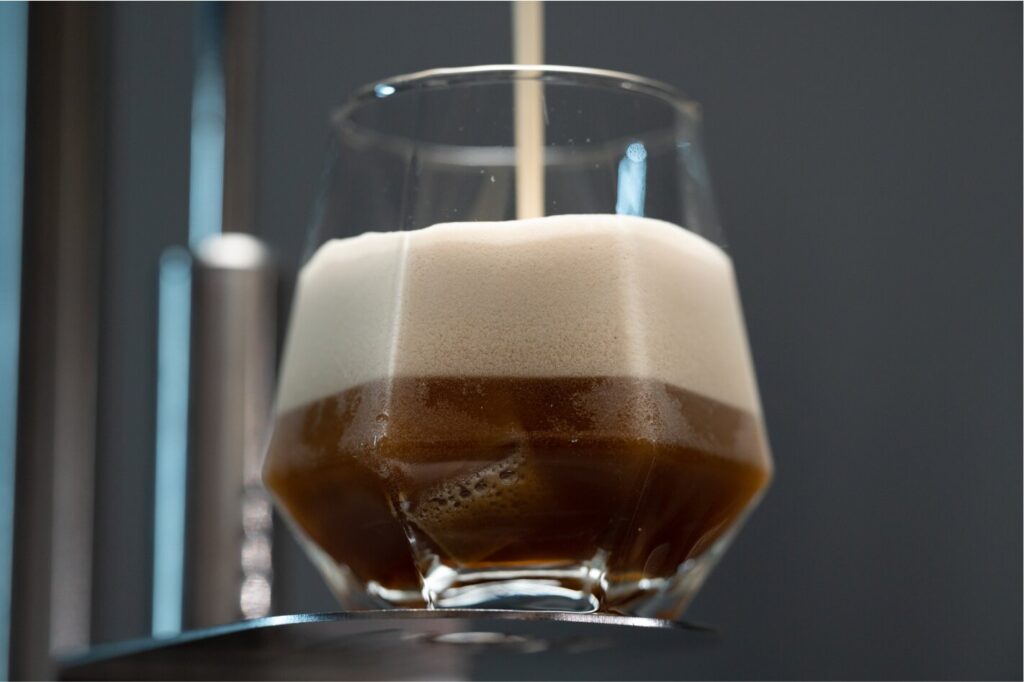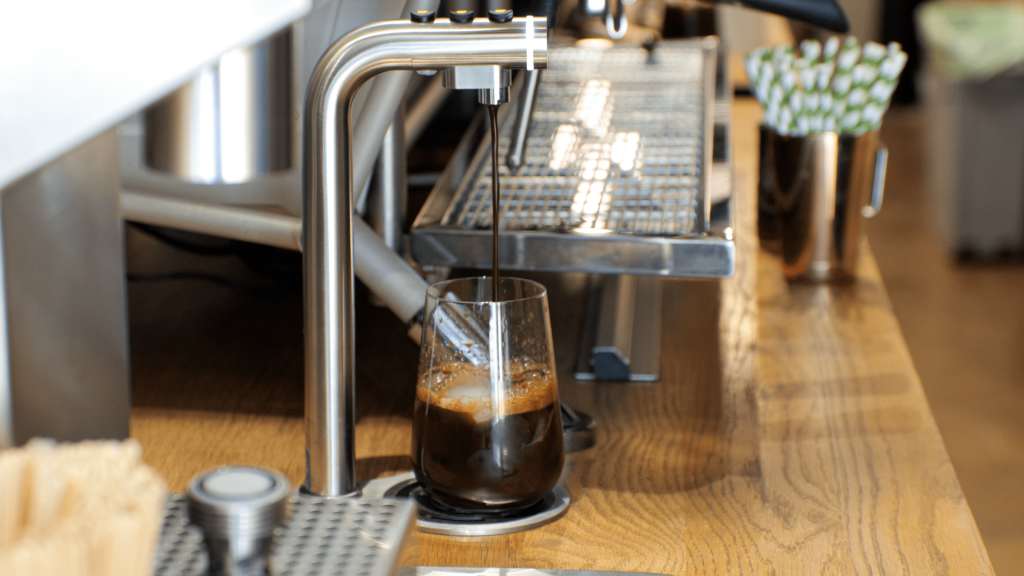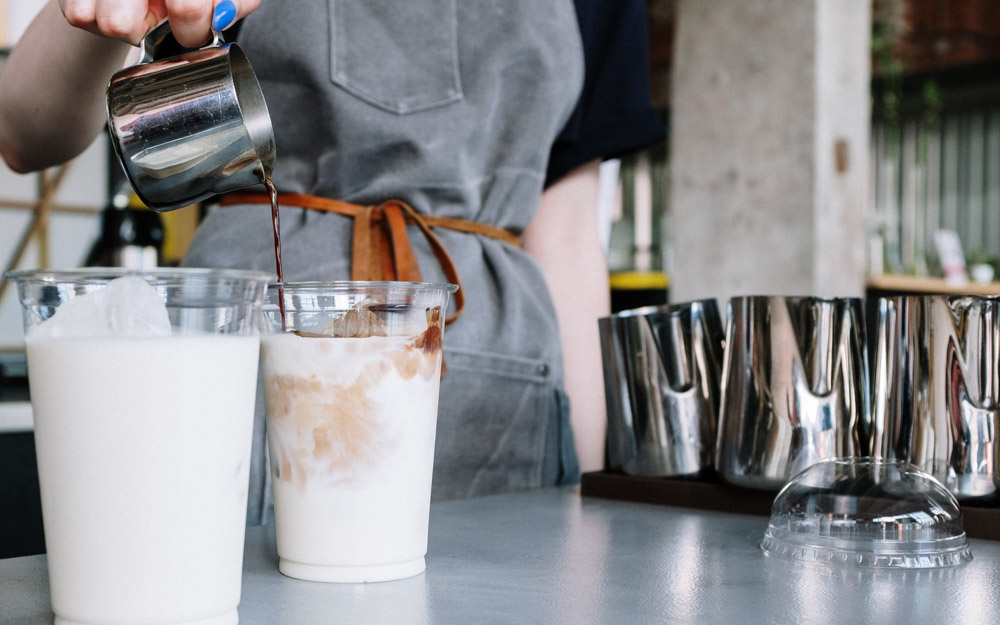How to pair specialty coffee and cheese

Cakes, pastries, biscuits, chocolate and ice cream – around the world, many people enjoy these foods with a cup of coffee. The sweet flavours of baked goods and chocolate tend to complement coffee beverages well, with or without milk.
At the same time, however, there is a growing trend of pairing coffee with more savoury foods, such as different breads and meats. But what about cheese?
Although it may sound unconventional, there are notable similarities in flavour (and even texture) between coffee and cheese. In turn, interest in trying different cheeses with particular coffees has started to gather some speed in certain countries.
To learn more about how coffee and cheese can complement one another, I spoke to two renowned cheesemongers. Read on for more of their insight.
You may also like our article on pairing food with specialty coffee around the world.
How are coffee and cheese similar?
As with coffee, there is a burgeoning market for fine cheese, also referred to as gourmet cheese or even specialty cheese. Although there are no formal definitions or classifications, there are some general similarities with specialty coffee:
A focus on high-quality, artisanal products
Differentiation in quality from a product which is traded as a commodity
Cheese can often be traced back to a specific cheesemonger and/or farmer in a specific place or region
An emphasis on how production methods affect flavour and texture
Bruno Cabral is a cheesemonger at La Caseïna in Barcelona, Spain.
“Cheese and coffee are both very complex products,” he says. “The flavours and textures you experience with cheese depend on different types of milk and different maturity levels, while with coffee, the flavours are a result of different terroirs.
“Both products are ancestral and natural,” he adds. “The raw materials you use for both are transformed into completely different products.”
Andy Swinscoe is an award-winning cheesemonger at The Courtyard Dairy in Lancashire, UK. He emphasises that not all coffees and cheeses can complement each other.
“You need to be careful when pairing certain cheeses with coffee,” he advises. “A good coffee or cheese can actually be overpowered, or the flavours can clash, if you get it wrong.”
Traditional and innovative cheese coffee drinks
While butter or Bulletproof coffee is popular in some Western countries (mainly North America and the UK), some Scandinavian countries also drink kaffeost, or coffee cheese.
This traditional Scandinavian beverage is made by adding small cubes of leipäjuusto (or bread cheese) to a cup of filter coffee. The cubes of cheese will melt slightly, and will absorb some of the coffee’s flavours. At the same time, the coffee will take on some of the cheese’s nutty and buttery flavours.
People in Colombia also enjoy café con queso, which is similar to kaffeost (although the cheese has a consistency more akin to mozzarella). As the cheese melts, it imparts creamy flavours, with some people removing the cheese to eat separately or with bread.
In recent years, we have also seen cheese foam become a popular addition to coffee and tea beverages – particularly across Asia. Cheese foam is typically made using cream cheese, whipping cream, milk, and sugar, and therefore tastes sweeter.
Similarly, a recent trend has seen Parmesan cheese grated over coffee cocktails (such as espresso martinis), which adds more of an umami flavour.
At the same time, we’ve also seen some examples of coffee-infused cheeses as a result of collaborations across the two industries. In 2016, Danish roaster Coffee Collective collaborated with Mads Østergaard Clausen from dairy company Arla Unika to make a Swedish Prästost and Dutch Gouda-style cheese made with coffee. Coffee Collective brewed 250l of filter coffee from Finca Vista Hermosa in Guatemala and combined it with 2,500l of fresh organic milk.
The roaster noted that after eight months of maturation, the coffee flavours were more notable in the cheese.
Identifying flavours in coffee & cheese
Although it may not seem so obvious, cheese and coffee do share some similarities when it comes to flavour and texture.
For coffee, there are five main aspects of sensory profile: acidity, sweetness, bitterness, body, and aftertaste. But alongside these characteristics, we also talk about specific tasting notes.
The majority of coffee professionals use the Specialty Coffee Association’s Coffee Taster’s Flavor Wheel and World Coffee Research’s Sensory Lexicon to identify flavours and aromas in coffee.
The Wheel has several flavour and aroma categories, including:
Fruity
Floral
Sweet
Spices
Green/vegetative
Sour/fermented
Within each category, there are several subcategories. For example, the fruity category is divided into four subcategories – which all contain at least another two subcategories, such as peach, plum, and apple, to name a few.
When it comes to cheese, industry professionals also use similar resources to assess flavour, aroma, and texture. The Academy Cheese Tasting Wheel is often used alongside the Academy of Cheese’s Structured Approach to Tasting model (SATC).
“Coffee and cheese are not classically paired together, but some of the flavours are similar,” Andy says. “These include bitterness, sweetness, and caramel notes.
“Cheese has such a diverse range of textures, intensities, and flavours, so it can work well with many different types of drinks,” he adds.
The structure of the Academy Cheese Tasting Wheel is somewhat similar to the SCA’s Coffee Taster’s Flavor Wheel, with five key flavour categories: sweet, salty, acid, bitter, and savoury. Following this, each category has its own number of several subcategories. For instance, the sweet category has four subcategories, including fruit sugars and vegetable sugars – which also have flavours such as berry, tropical fruit, malt, and nut.
“With certain similarities in flavour between coffee and cheese, they are definitely compatible,” Bruno tells me.
Pairing coffee and cheese together
First and foremost, Andy recommends allowing your cheese to reach room temperature before pairing it with coffee. This allows you to experience the full spectrum of flavours and aromas in the cheese.
Similarly, your coffee should also be at a comfortable drinking temperature.
“The coffee shouldn’t be too hot, and it can even be made as cold brew,” Bruno tells me.
When choosing which coffees to pair with certain cheeses, he says that picking out similar or contrasting flavours – such as sweet and salty – is a good starting point.
“The first step is to visually analyse both products, such as the colour of the coffee,” he tells me. “For the cheese, you can also touch and smell it.
“Then you can taste each product individually,” Bruno adds. “After that, place some of the cheese in your mouth and take a few sips of coffee.”
Andy also emphasises that it’s important to taste the cheese before the coffee.
“You should cut your cheese into small, thin slithers, and taste it before and after drinking the coffee so as to allow the cheese’s flavour and aftertaste to come through first,” he explains.
Looking out for key flavour combinations
Andy explains how brewing method is a key aspect of choosing which cheese to pair with your coffee.
“Whether you choose to prepare coffee as espresso, a milk-based drink, or filter, it can have a huge impact on how much the coffee’s flavour comes through against the cheese,” he adds. “Moreover, it definitely affects which type of cheese you should use.”
Mouthfeel and aftertaste also play an important role in choosing which cheese to pair with coffee.
“Fat in cheese tastes complex, and the aftertaste is usually quite long, so the flavours linger for a while,” Bruno explains.
He uses the example of Queijo Minas Artesanal do Cerrado from the Cerrado Mineiro region in southeast Brazil and natural Brazilian coffee.
“There is a balance of the coffee’s sweetness and acidity and the saltiness of the cheese, which is a wonderful experience,” he tells me.
Regarding other types of cheese, Andy provides more combinations with coffee.
“The higher levels of bitterness and flavour intensity of medium and darker-roast profiles hold up well to blue cheese, as well as harder and drier sweet cheese like Parmesan, Gruyère, and Lincolnshire Poacher,” he says. “Milk-based coffees with more creamy textures and caramel and fruit flavour notes go well with Gouda and Vintage Red Leicester.”
Tips to get the best results
Bruno explains that there are a number of ways to approach pairing coffee and cheese.
“You can select coffee and cheese which was grown or produced in the same region, or has the same geographical indication,” he says. “Beyond this, it’s best if medium-roasted coffees are not paired with very strong cheeses. Likewise, coffees with more delicate flavours should be paired with semi-cured or soft cheeses.”
Andy tells me that it’s also important to take acidity into consideration.
“Lactic-fermented goats’ cheese, which tend to have the highest levels of acidity, are some of the most complicated to pair with coffee,” he says. “However, they will work if you use a coffee which is also high in acidity.
“Cured or aged cheeses, such as blue cheese, have slightly spicy flavours, so they need to be paired with medium or darker roast profiles that have more body and sweetness,” Andy adds.
Ultimately, no matter which coffees and cheeses you decide to pair, Bruno says the experience should be enjoyable.
“Don’t be afraid to make mistakes, and if you do, try again,” he says.
Although it may not be the most popular pairing, it’s clear that when done right, cheese can complement and highlight the flavours in coffee.
Not all coffees may go well with certain cheeses. But by carefully choosing which ones to pair with coffee and experimenting with different kinds of cheeses, you may be able to uncover an entirely novel sensory experience.
Enjoyed this? Then read our article on umami flavours in coffee: What should you expect?
Perfect Daily Grind
Want to read more articles like this? Sign up for our newsletter!
The post How to pair specialty coffee and cheese appeared first on Perfect Daily Grind.





Responses